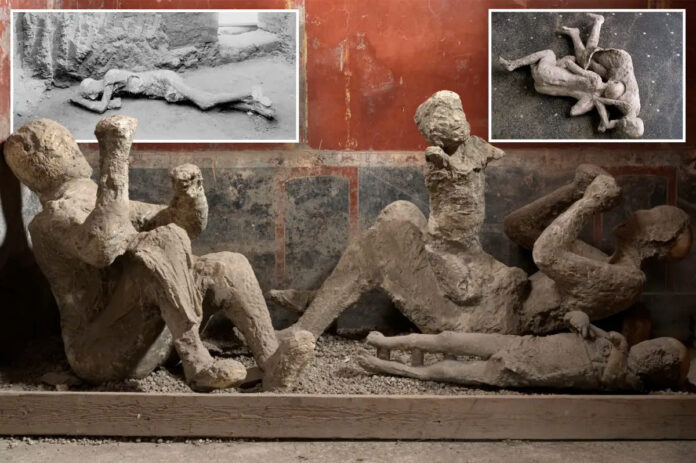Ancient Mysteries Revealed Through Genetic Analysis
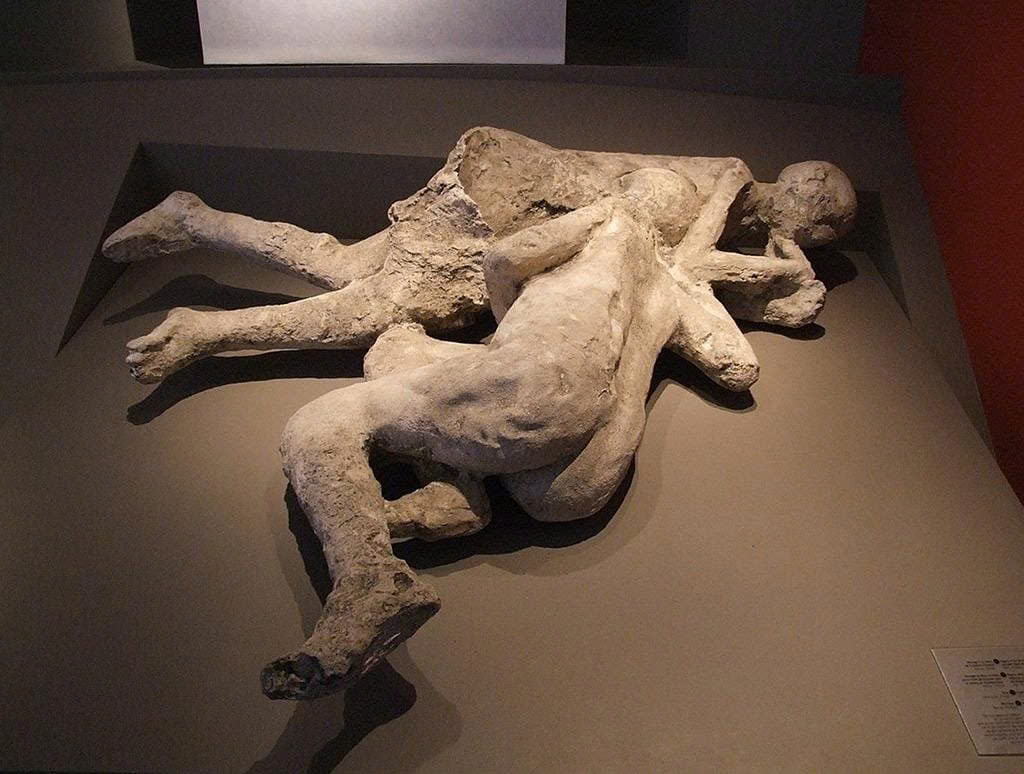
In the shadowy ruins of Pompeii, where volcanic ash once froze a moment in time, modern science is now rewriting history. Recent DNA analysis has peeled back layers of assumptions about the lives of those who perished during Mount Vesuvius’s catastrophic eruption in 79 AD, revealing a narrative far more complex than traditional archaeological interpretations.
The House of the Golden Bracelet: A Family Reimagined
Imagine a household that seemed, at first glance, to be a typical Roman family. An archaeological site known as the House of the Golden Bracelet appeared to house a nuclear family: an adult male wearing an exquisite golden bracelet, an adult female, and two children. However, genetic testing shattered this neat narrative.
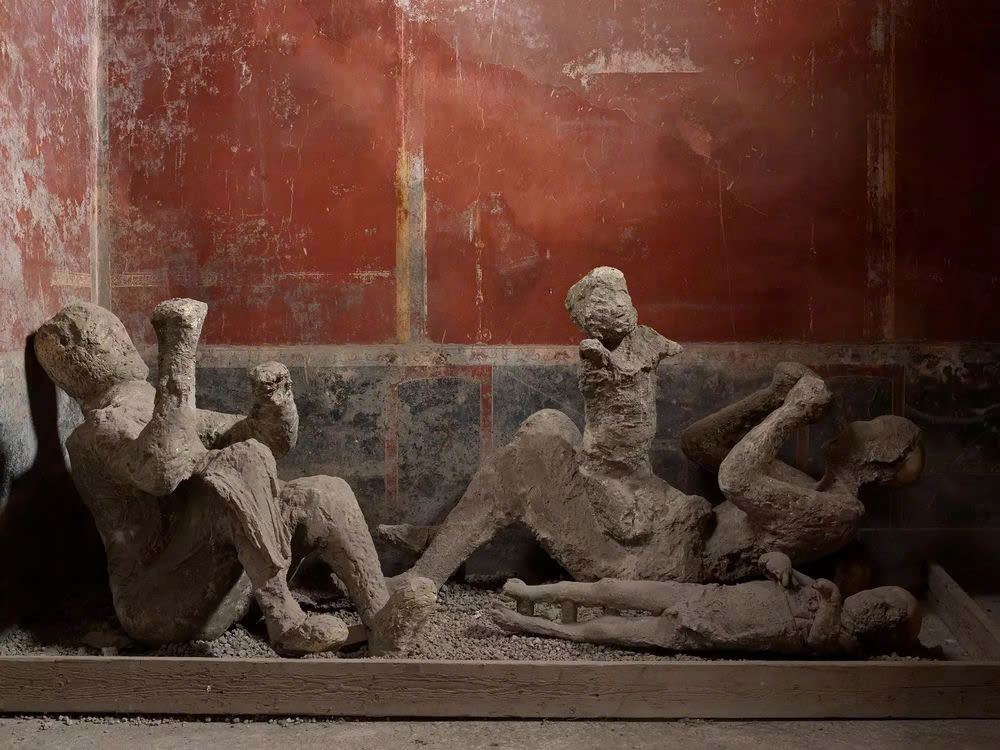
Contrary to expectations, DNA evidence demonstrated that these individuals shared no biological relationship. This groundbreaking discovery suggests the household might have been composed of non-relatives—potentially servants, slaves, or individuals connected through complex social networks that defy our modern understanding of familial structures.
Challenging Visual Narratives: The “Two Maidens” Revelation
Another intriguing case emerged from the House of the Cryptoporticus. Previously known as the “Two Maidens,” this pair of remains held a surprising secret. Genetic analysis revealed that not only were they not maternally related, but one of them was actually male—a stark correction to visual and contextual assumptions.
A Multicultural Hub Frozen in Time
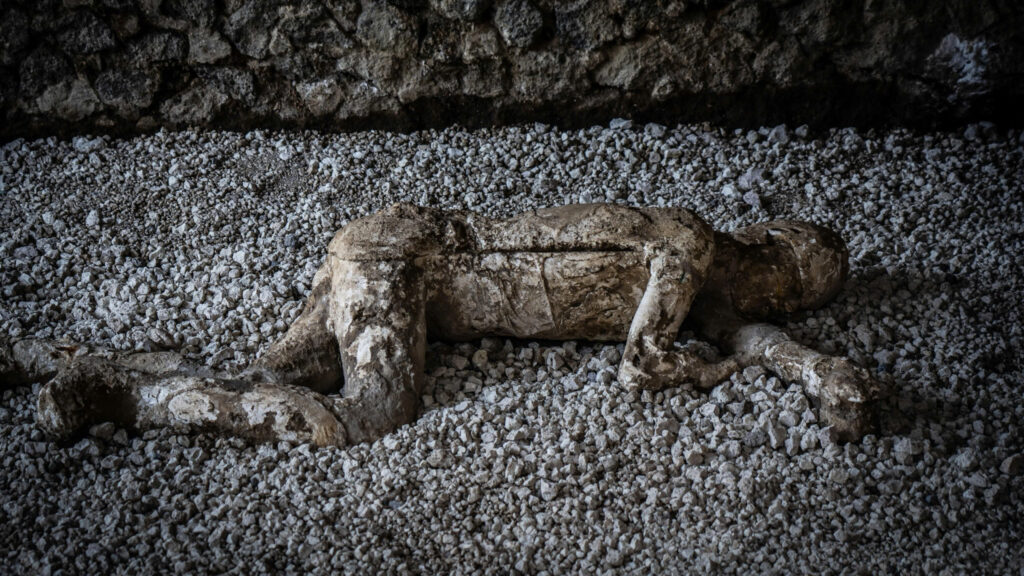
Beyond individual household stories, the DNA analysis painted a broader picture of Pompeii’s social landscape. The genetic evidence unveiled a remarkably diverse population, with connections stretching to the eastern Mediterranean. This confirms Pompeii’s status as a vibrant, multicultural hub within the Roman Empire—a testament to the power of trade and cultural exchange.
Preservation and Modern Technology: Breathing Life into Ancient Stories
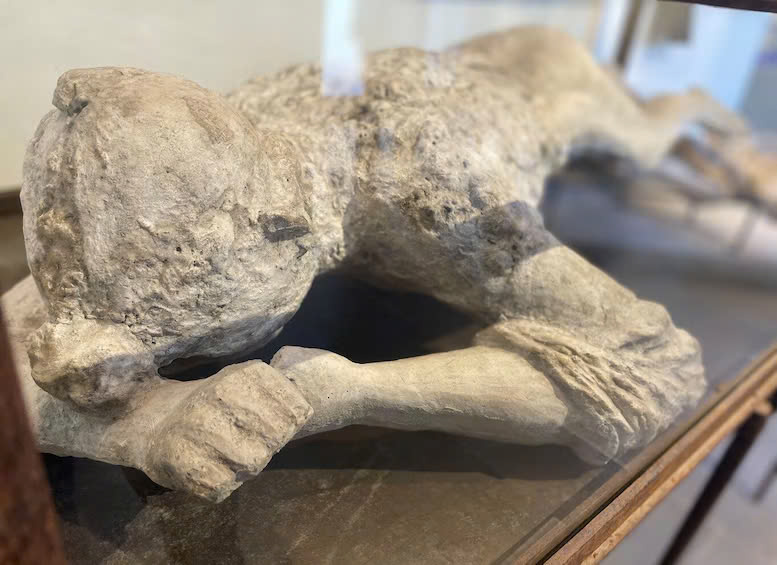
These revelations were made possible through an extraordinary combination of historical preservation and cutting-edge scientific techniques. The 19th-century practice of creating plaster casts of volcanic victims, coupled with advanced DNA analysis, has transformed our understanding of these ancient lives.
Conclusion: More Than Just Victims
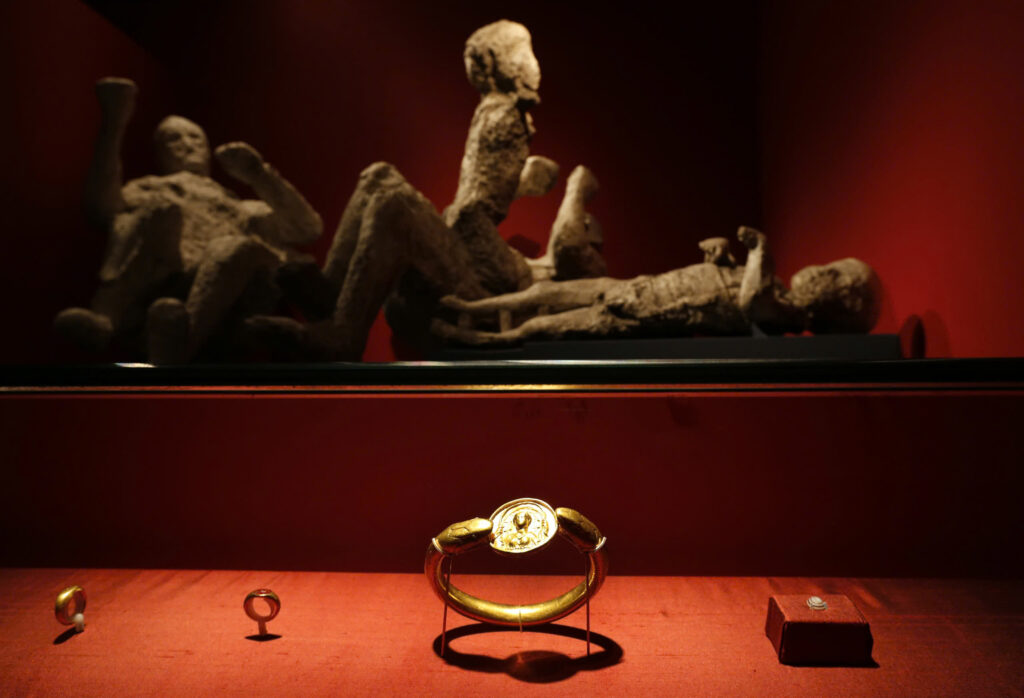
What emerges is not just a scientific study, but a profoundly human narrative. Each DNA strand tells a story of connection, diversity, and complexity that transcends our preconceived notions about ancient Roman society. The victims of Vesuvius are no longer just anonymous figures in a tragic event, but individuals with rich, interconnected lives waiting to be understood.
For those seeking deeper insights, detailed findings can be found in publications such as Current Biology and reports from the Archaeological Park of Pompeii.
